
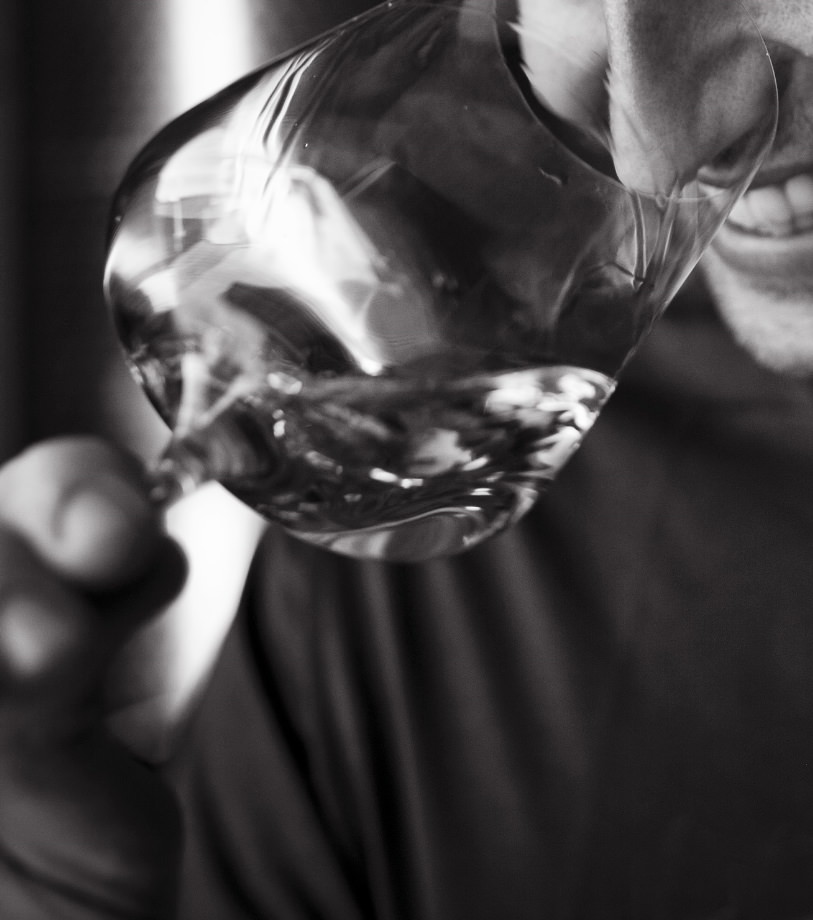
Comparable quality does not grow in every patch of ground where vines are planted... It is a bit of ancient wisdom among vintners that there are vineyards (»Ried«) which consistently yield exceptional wines every year, while elsewhere – given similar care & cultivation – only good or average wines are produced.
Some of the parameters that characterise an outstanding vineyard are known to us. But we cannot consider them in an isolated fashion, because meager soil alone does not guarantee fine wine. The decisive thing is, as it is so often, the interaction of many factors. Since the beginning of the 1990s we have engaged ourselves intensively with this subject, and in 2010 we introduced a process of classification that will last far into the future. Current status and a report on developments can be viewed in the annual ÖTW Vineyard Book.
Taking a moment to look at the terms »Ried« and »Lage«... Lage is the general German-language term for a vineyard site (among the word’s many uses). Ried(e) is the Austrian term for Lage, and according to wine law must precede the name of the vineyard site on the label of all single vineyard wines.
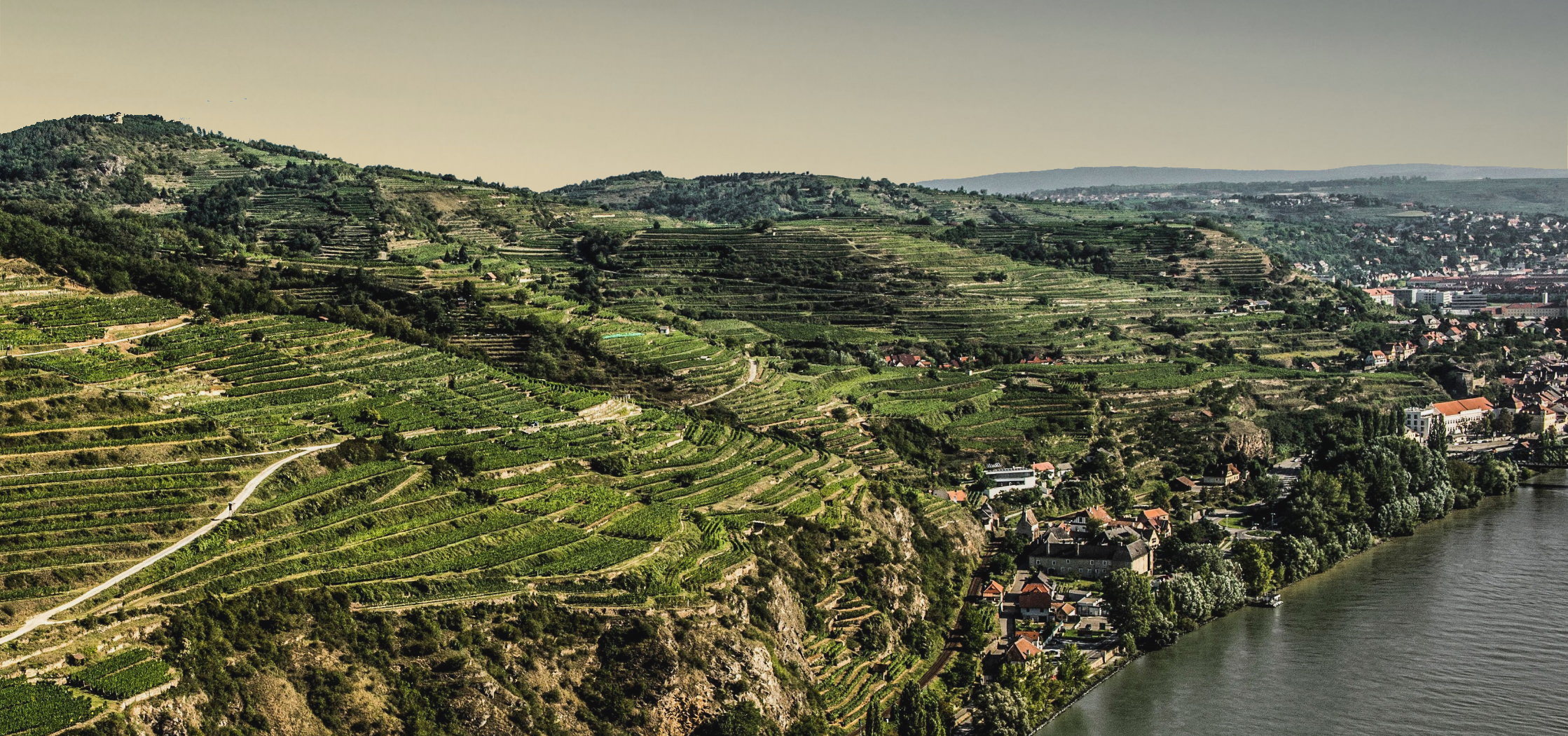
In the history of classifications, due to different structures in Europe’s wineproducing regions, various approaches have evolved. And thus diverse models have arisen, according to which either estates (Bordeaux), municipalities (Champagne), or vineyards (Burgundy) are classified.
Structures have grown over the course of history on the Danube as well: on one hand, most vineyards are divided among a number of estates, and on the other, most growers cultivate vines in multiple vineyards – even if sometimes only a couple rows of vines. So the logical approach here is the classification of vineyards.
We regard it as problematic to evaluate the quality of a vineyard solely upon the nature of its soil. We have come to this conclusion from examining the complexity of numerous influential factors, since not every steeply-sloped vineyard with meagre soil automatically yields a great wine.
There are vineyard sites that have consistently produced great wines for centuries. The knowledge of these special vineyards has been passed on and deepened over many generations. Their significance in the local vineyard landscape can still be felt today. The significance of a vineyard site is qualified not only by its geographic or geologic nature or the quality of the wines grown there, but also by its history, as well as the collective management & cultivation over the course of centuries. The value of a vineyard site accrues out of the symbiotic relationship of all these factors.
We evaluate the significance of a vineyard site on these grounds, and in doing this we have created the terms „ÖTW ERSTE LAGE“ (1ÖTW) and „ÖTW GROSSE LAGE“ (GÖTW).

The appellations Kamptal, Kremstal, Traisental & Carnuntum define themselves across three categories of origin: Riedenwein (single vineyard wine) Ortswein (from individual municipalities) and Gebietswein (regional wine), as provided in Austrian Wine Law under the DAC regulation (Disctrictus Austriae Controllatus). In the winegrowing regions Wagram and Wien this structure is still under discussion, but already adhered-to by ÖTW member estates.
The ÖTW vineyard site classifications – 1ÖTW und GÖTW – refers to the top of the pyramid: Riedenwein.

Lagenwein (Cru, Single Vineyard Wine). »Riede« is the most detailed geographic origin. Wines from individual vineyards with distinctive and particular characteristics are distinguished with the name of the vineyard and reflect the potential of a unique terroir. According to Austrian Wine Law, the word »Ried« must precede the name of the vineyard on the label.
Ortswein (Village Wine). The particular characteristics of a municipality are reflected in this category. Each village or town demonstrates a certain typicity, determined by its geographic location, its elevation and the predominant soil structure. The expression of these factors should be accentuated in Ortswein.
Gebietswein (Regional Wine). The basis of our hierarchy of origins. It reflects the typicity of the specified region: mostly easily drinkable and fresh, with moderate alcohol content, lively fruit and vivacious acidity – wines for every day.

ÖTW.GROSSE LAGE GÖTW (Grand Cru). These are vineyards that have manifested themselves over the course of time as true icons, as the most distinguished and equally significant sites. Classification of these sites will first begin after all Erste Lage sites have been defined and proven their individual extraordinary character throughout multiple vintages. We think that we will begin in five to ten years to recognise the first GÖTW vineyards (2025-2030).
ÖTW.ERSTE LAGE 1ÖTW (Premier Cru). These are vineyards whose wines have manifested themselves (and continue thus) as the most vigorous in character and the most distinctive representatives of their appellations. The natural conditions of each site consistently enables the vinification of exceptional wines every year.
Ried or Lage (Cru, Single Vineyard). »Ried« is the most detailed geographic origin. Wines from individual vineyards with distinctive and particular characteristics are distinguished with the name of the vineyard and reflect the potential of a unique terroir. According to Austrian Wine Law, the word »Ried« must precede the name of the vineyard on the label.
In order to ensure the exclusivity and quality of our classified vineyards we consider a certain quantitative relationship of ÖTW.ERSTE LAGE & GROSSE LAGE sites to non-qualifying vineyards as appropriate and desirable. In France’s established classifications, the ratio of 20 to 80 percent of total vineyard area has proven itself. We in the ÖTW will orient ourselves along this proportion, and endeavour not to exceed it.
Grape varieties play a subordinate role in the ÖTW system of appellations. For us, the personality and conditions prevalent in the vineyard stand in the foreground. The grape varieties of a region are defined in the DAC regulations of wine law, and so also apply to ÖTW-classified vineyards.
In Kamptal, Kremstal, Traisental and Wagram these are Grüner Veltliner & Riesling. In Wien (Vienna) they are Wiener Gemischter Satz, Grüner Veltliner, Riesling & Weissburgunder. In Carnuntum the varieties are Zweigelt & Blaufränkisch.
Each one of us considers it an honour to be a part of the renowned Österreichische Traditionsweingüter. We make this commitment gladly!
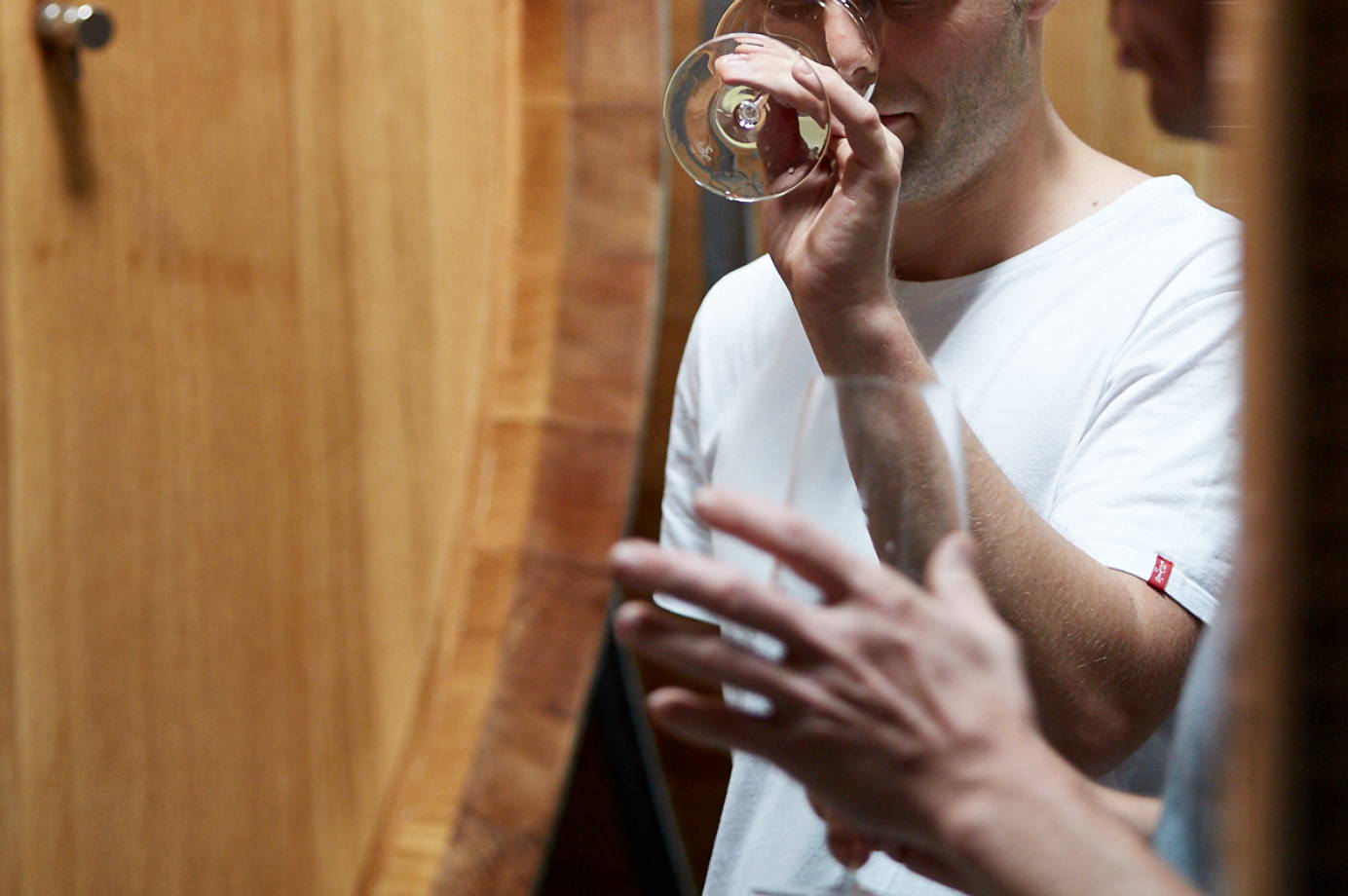
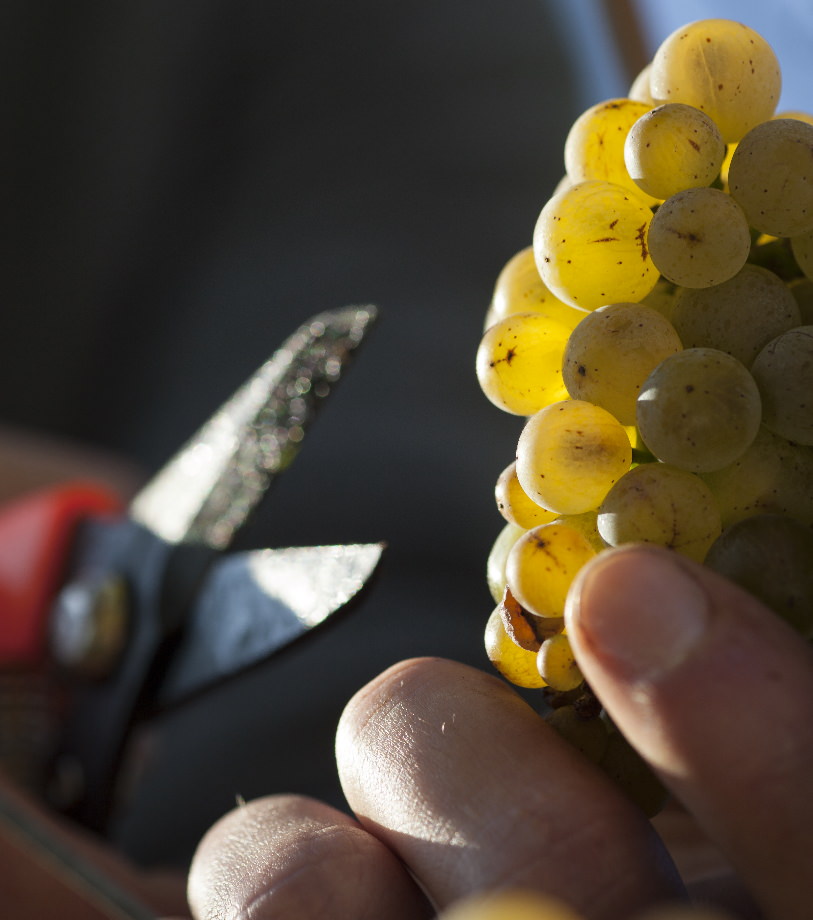
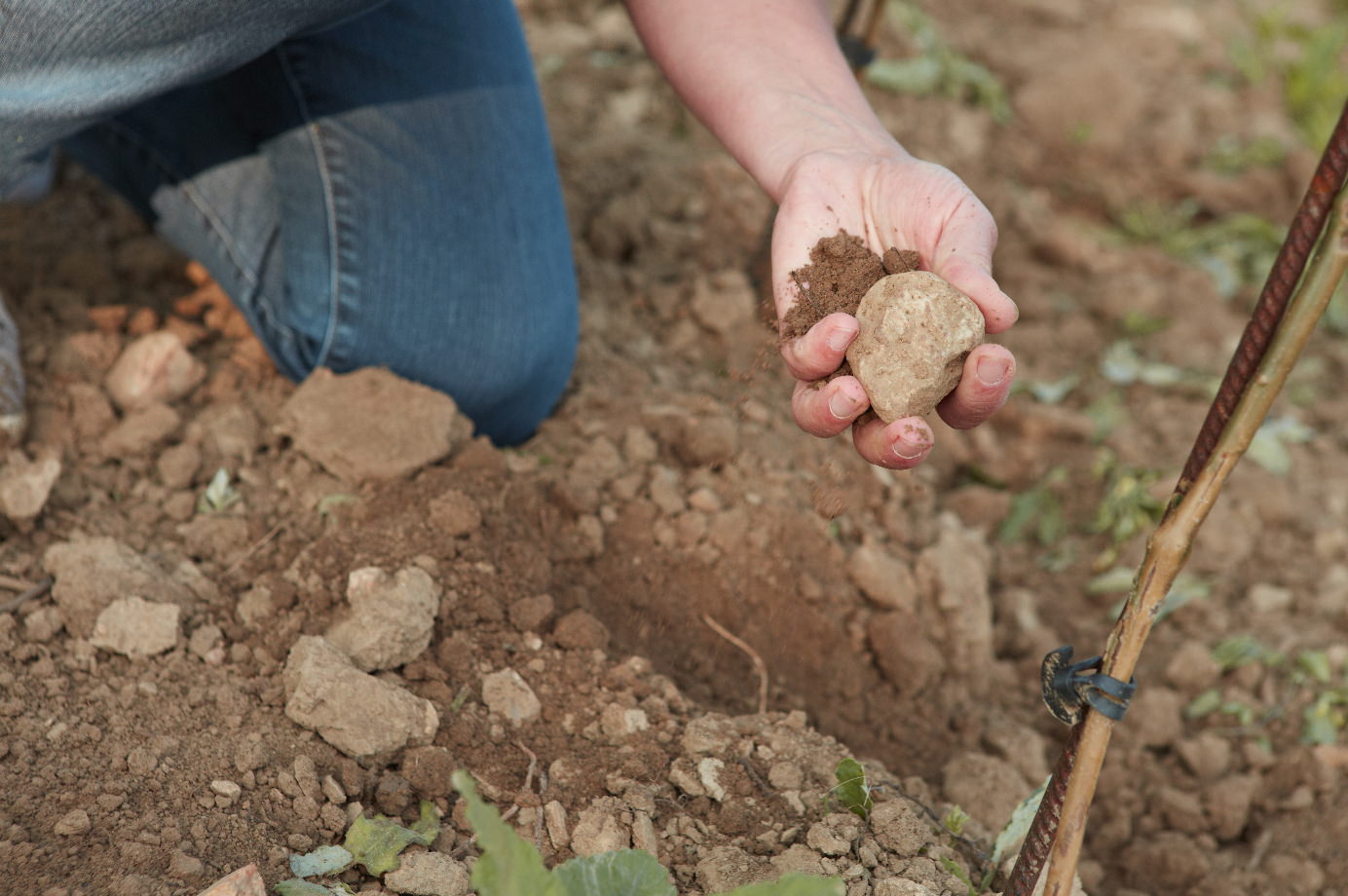
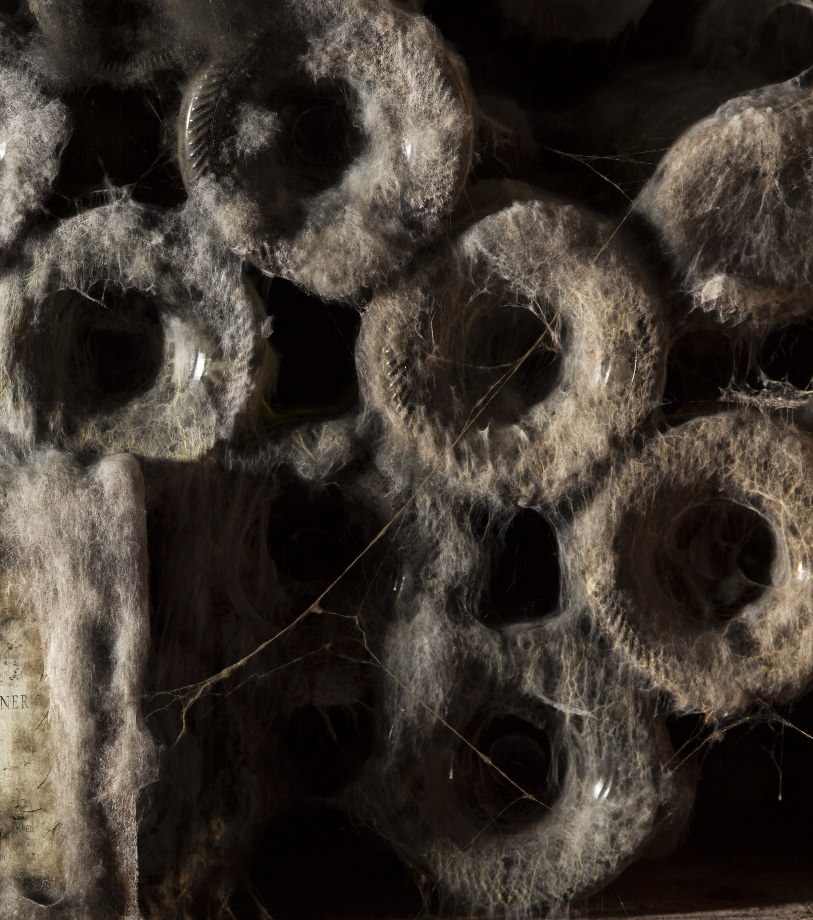
We examine a variety of different factors.
An integrated approach is essential to vineyard classification, which along with viticultural aspects – like the interaction of soil structure, volume of precipitation, air currents, exposition, elevation and changes in temperature over the years (and especially the swings in temperature between day and night) – will also consider anthropological, historical and economic aspects, as well as acknowledging external perspectives. Out of engagement with the aspects cited above we have developed parameters for classification. They allow expression of valid assertions concerning the significance of vineyards.
For the classification of our vineyard sites, three main groups of factors are relevant, which are divided into several subcategories:

Content-related factors:
a. historic relevance
b. subjective & intersubjective assessment of the winegrowers
c. homogeneity of the site (in terms of geology, climate, exposition)
Quality-oriented factors:
a. tastings by experts
b. evaluations in relevant media
c. internal blind tastings
Economic factors:
a. quantitative analyses: number of producers marketing, area cultivated and bottles sold
b. financial analyses regarding price obtained and price variations in the market
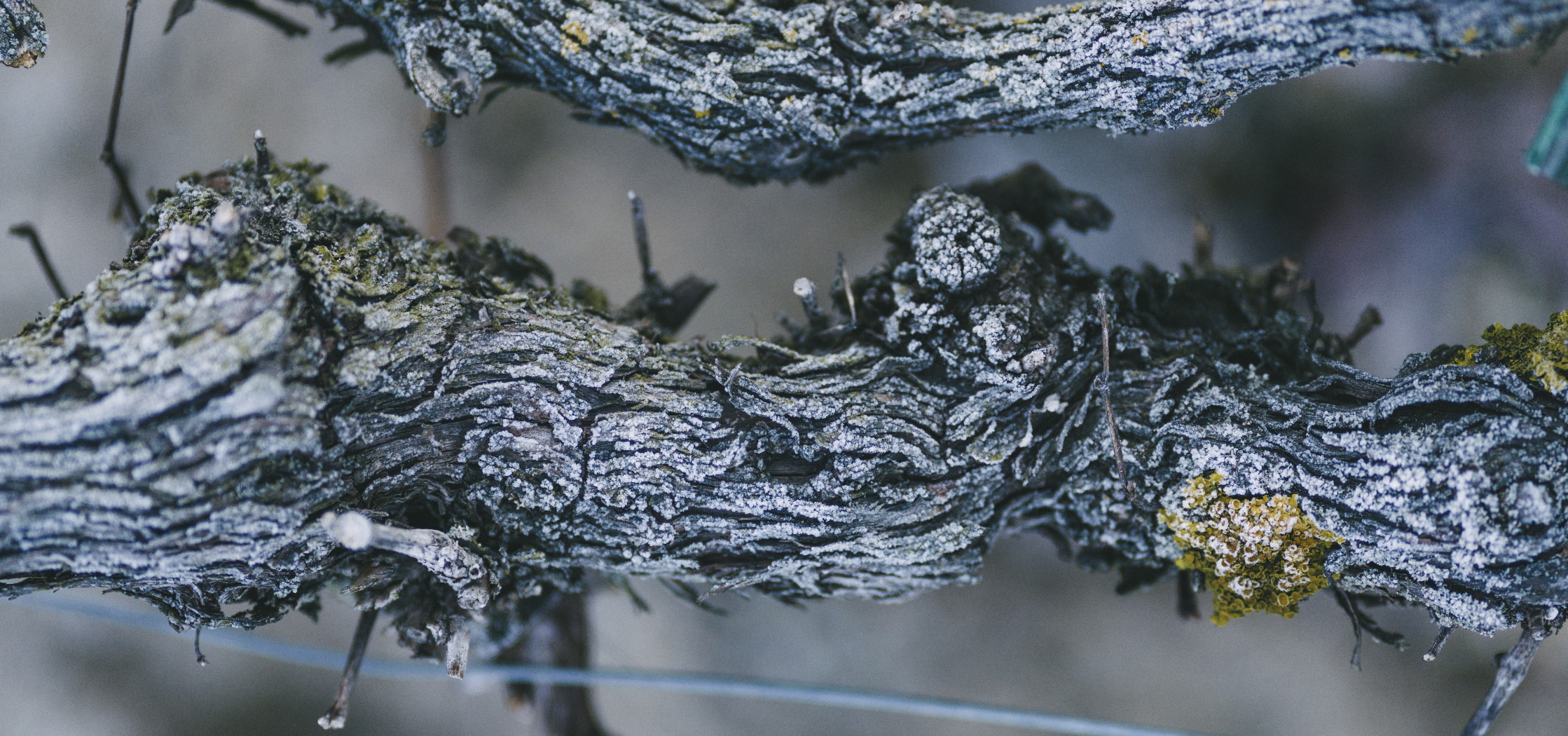
Since it depends on the long-term observation of our vineyards over the course of years & decades, classification itself requires, appropriately, a great deal of time. In Burgundy, this process has lasted some forty years, and so we too reckon with a time-frame of at least a generation, until all of the vineyard sites in our regions can be examined and evaluated.
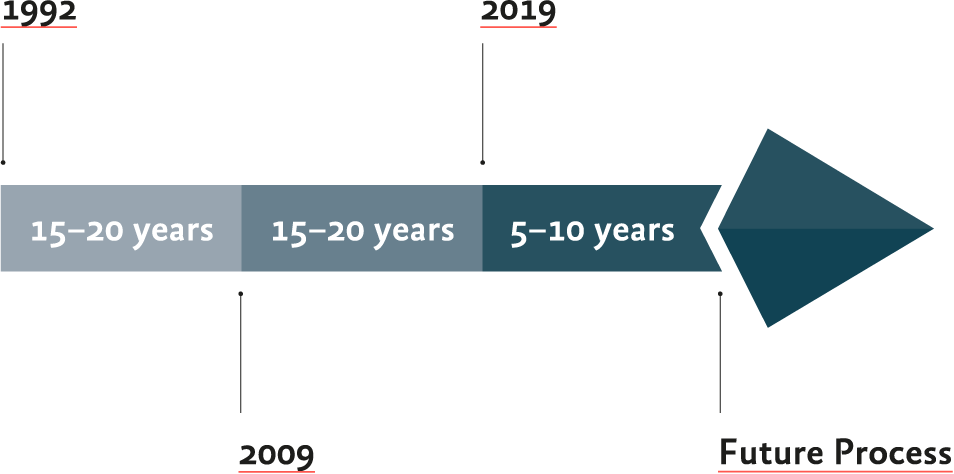
1991
Founding year
Analysis and research
2009
Beginning of the classification process for Erste Lage vineyards
2019
Beginning of the classification process for Grosse Lage vineyards
2023
Classification anchored in Austrian Wine law
After a ten-year process, the ordinance for the vineyard classification was signed by the Minister in June 2023. So, the classification ultimately found its way into Austrian Wine Law and is now available to all growers. The legislator has taken over the basic concept and the system from the ÖTW. Thus, the sites are tested and confirmed by the National Wine Committee (NWK) according to an extensive assessment concept.
With this development, the ÖTW are proud to have made an important contribution to the positive development of the Austrian wine industry. It will be the first legal vineyard classification outside France. All wine-growing nations worldwide will be interested in this unique project in the coming months and years, as no one has been able to successfully establish a classification in a wine-growing country for almost 100 years. When we in Austria have found a methodology that allows us to do this, all eyes will be on us, and this will bring a lot of attention to the Austrian wine industry.
